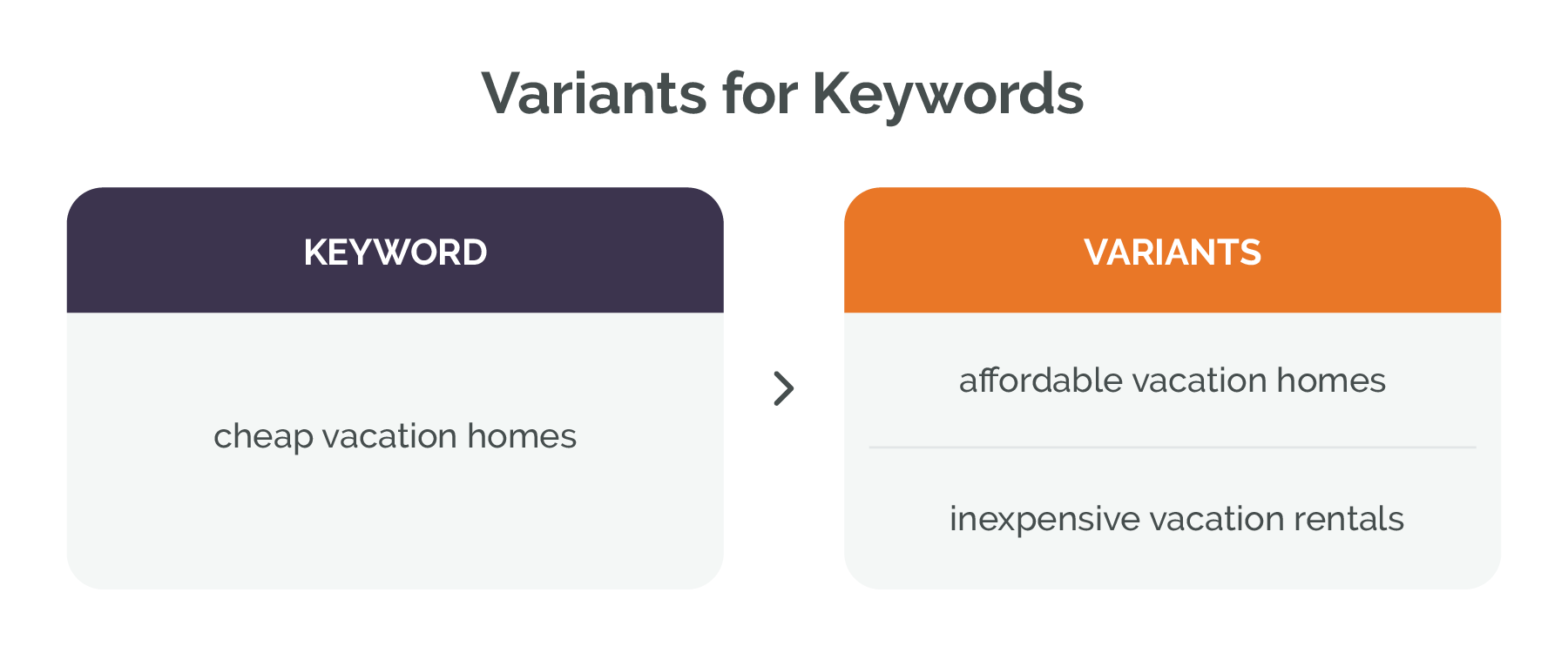Once upon a time, back in the early '00s, keywords were at the heart of search engine optimization (SEO). Some of the earliest digital marketers thought that slapping a bunch of keywords onto a webpage was the best way to get their sites to rank and attract visitors. While those keyword-heavy sites initially ranked well, they also annoyed many people who found them to lack value.
Flash forward to today, and keywords still matter but aren't the end-all, be-all of SEO. You should take the approach of not having too many but also not having too few. Understanding keyword density is a critical part of mastering SEO.
What Is Keyword Density?
Keyword density compares the number of keywords that appear on a webpage to the total word count of that page. For example, if you have a webpage with 100 words and a keyword that appears twice on the page, you have a keyword density of 2%.
You can use a more complicated formula to calculate keyword density, term frequency, and inverse document frequency (TF-IDF). With TF-IDF, you look at how frequently a keyword appears on a particular page (TF) compared to how frequently it appears on all the pages across your site (IDF). Most search engines use TF-IDF when calculating keyword density. With TF-IDF, the lower the value, the more often a keyword appears.
Why Keyword Density Matters for SEO
While Google and other search engines use multiple factors when crawling sites and determining search rankings, such as authority and geographic location, keywords still matter. Users type keyword phrases into the search bar, and those search terms drive the results. Using the right amount of keywords helps your site meet user intent, making it more likely to rank well.
Regarding keyword use, it's possible to have too much of a good thing. That's known as keyword stuffing. Keyword stuffing comes across as unnatural and unpleasant. Many readers are turned off when the same word is used repeatedly in a blog post or article. When keyword stuffing, the goal is often to get the keyword in, no matter the cost or how weird it looks or reads.
How Much Keyword Density Is Good for SEO?
So you don't want to keyword stuff, but you want to make sure you get all the keywords in your content. While Google has no hard or fast rules about keyword use, one common recommendation is to keep your keyword density around 1%. That means using a particular keyword no more than once in a 200-word block of text.
Along with using your primary keyword, it's a good idea to mix in variants of it throughout the text. Google's algorithm is smart enough to pick up on variations and determine that a particular piece of content matches a user's intent. Variants can also be close to your intended keyword but slightly different. For example, variants of cheap vacation homes might be affordable vacation homes or inexpensive vacation rentals.
While you can mix a few keyword variants to add spice to your content, use the same general rule for their density, no more than 1 or 2% of the total text.
Top Tools for SEO Keyword Density
There are plenty of tools available to help you with keyword density. Additionally, an SEO agency can help you find the ideal density and help your site perform well in the search results.
Many SEO tools available today are AI-powered, making them much more helpful than simple calculators. Some of the top-performing keyword density tools include:
- Keyword Density Checker by CheckSERP
- On-Page SEO Checker from SEMRush
- Keyword Density Analyzer from SEOBook
- Keyword Density Checker from SEO Review Tools
FAQs About Keyword Density in SEO
What is keyword stuffing?
Keyword stuffing is a black-hat SEO practice that's generally frowned upon today. It involves using keywords multiple times in a piece of content to push that content up in the search results. Keyword stuffing usually causes content quality to suffer and can ultimately backfire. Search engines typically penalize sites found guilty of keyword stuffing by removing them from the search results entirely.
How do you check keyword density in SEO?
You can check SEO keyword density in a few ways. You can do the math yourself, dividing the number of times you used a keyword by the number of words on the page. You can also use an SEO tool that crunches the numbers and helps you see where you can cut back or increase density.
How important is monitoring keyword density?
Keywords aren't all-important to SEO anymore, but they are still important. Monitoring your site's keyword density helps you avoid being blacklisted as spam. If your keyword usage is too low, watching your density shows you where to improve it.
Contact ZGM to Handle Your Digital Marketing Strategy
Zero Gravity Marketing is a digital marketing agency that specializes in strategy. We can help you develop a strong SEO strategy that gets your site noticed and helps to build your brand. Contact us today for a FREE digital marketing analysis.












